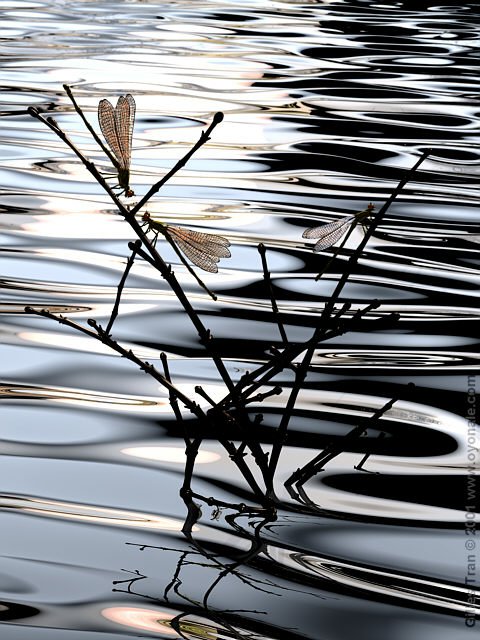- Please discuss the project. What do you admire about it, and why do you admire these aspects of it?
- What do you know (or what do you suppose) about the algorithms that generated and/or rendered the work?
- It what ways are the creator’s artistic sensibilities manifest in the final form?
- Link (if possible) to the work. To the best of your abilities, be sure to provide the creator’s name, title of the work, and year of creation.
- Embed an image, sound, and/or a YouTube/Vimeo video of the project.
I decided to write about a program called the Persistence of Vision (POV) Ray Tracer, which uses millions of mathematical calculations to generate a 2-dimensional scene from a text description. This isn’t necessarily an “artwork” but rather a program that pioneered the process of transcribing 3-dimensional images to a 2-d visual artwork using a software. I’m not entirely sure how the algorithms work, but it has something to do with manipulating “solids” in a “3-D space” within the program. The images that this program produces are fascinating, because of the “perfect” nature of the pieces: it’s computer-generated, so there isn’t any human error to speak of, and the images produced often look like photographs. It’s unsettling, in a way, because they are so precise. It’s also interesting to note that because these images are completely generated through text, they require no artistic capability in the traditional sense.


POV-ray was first conceptualized in the late 1980’s by David K. Buck, but has since then taken on a life of its own. As the creators have kept it an open-source software, numerous users have utilized it in their individual projects. The two artists I have included in this post are Jeremy M. Praay and Gilles Tran.
![[OLD FALL 2019] 15-104 • Introduction to Computing for Creative Practice](wp-content/uploads/2020/08/stop-banner.png)